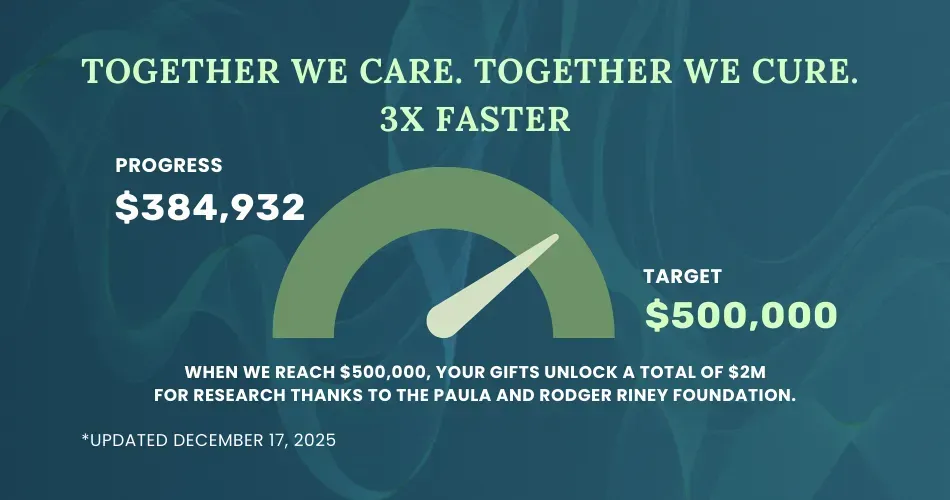What Are Treatments for Chronic Eosinophilic Leukemia?
Introduction
Chronic Eosinophilic Leukemia (CEL) is a rare, slow-progressing blood and bone marrow disease. It is characterized by the overproduction of eosinophils, a type of white blood cell, in the bone marrow. This overproduction can lead to damage in various organs in the body, including the heart and the central nervous system. The treatment for CEL is primarily aimed at reducing the number of eosinophils in the blood and bone marrow, and managing the symptoms. The treatment options include medication, chemotherapy, stem cell transplant, and targeted therapy.
1. Medication
Medication is often the first line of treatment for CEL. The most commonly used drug is imatinib (Gleevec), a tyrosine kinase inhibitor. This drug works by blocking the signals that tell the cancer cells to grow and divide, thereby slowing or stopping the growth of cancer cells. Other drugs that may be used include corticosteroids to reduce inflammation and swelling, and hydroxyurea to slow the growth of cancer cells.
2. Chemotherapy
Chemotherapy uses drugs to kill cancer cells or to stop them from dividing. It may be used if the disease does not respond to other treatments or if it progresses rapidly. The specific drugs used in chemotherapy for CEL include cytarabine, daunorubicin, and etoposide. These drugs are usually given in combination and may be administered intravenously or orally.
3. Stem Cell Transplant
A stem cell transplant, also known as a bone marrow transplant, may be considered for patients with CEL who do not respond to other treatments. This procedure involves replacing the patient's diseased bone marrow with healthy bone marrow from a donor. Before the transplant, the patient will undergo a conditioning regimen, which may include high-dose chemotherapy and/or radiation therapy, to destroy the diseased bone marrow.
4. Targeted Therapy
Targeted therapy is a newer type of cancer treatment that uses drugs or other substances to more precisely identify and attack cancer cells. For CEL, targeted therapy may involve the use of monoclonal antibodies, tyrosine kinase inhibitors, or other drugs that specifically target the cancer cells. Examples of targeted therapy drugs used for CEL include dasatinib and nilotinib.
Want to Learn More About Chronic Eosinophilic Leukemia?
Keep reading HealthTree for Chronic Eosinophilic Leukemia's 101 pages!
Introduction
Chronic Eosinophilic Leukemia (CEL) is a rare, slow-progressing blood and bone marrow disease. It is characterized by the overproduction of eosinophils, a type of white blood cell, in the bone marrow. This overproduction can lead to damage in various organs in the body, including the heart and the central nervous system. The treatment for CEL is primarily aimed at reducing the number of eosinophils in the blood and bone marrow, and managing the symptoms. The treatment options include medication, chemotherapy, stem cell transplant, and targeted therapy.
1. Medication
Medication is often the first line of treatment for CEL. The most commonly used drug is imatinib (Gleevec), a tyrosine kinase inhibitor. This drug works by blocking the signals that tell the cancer cells to grow and divide, thereby slowing or stopping the growth of cancer cells. Other drugs that may be used include corticosteroids to reduce inflammation and swelling, and hydroxyurea to slow the growth of cancer cells.
2. Chemotherapy
Chemotherapy uses drugs to kill cancer cells or to stop them from dividing. It may be used if the disease does not respond to other treatments or if it progresses rapidly. The specific drugs used in chemotherapy for CEL include cytarabine, daunorubicin, and etoposide. These drugs are usually given in combination and may be administered intravenously or orally.
3. Stem Cell Transplant
A stem cell transplant, also known as a bone marrow transplant, may be considered for patients with CEL who do not respond to other treatments. This procedure involves replacing the patient's diseased bone marrow with healthy bone marrow from a donor. Before the transplant, the patient will undergo a conditioning regimen, which may include high-dose chemotherapy and/or radiation therapy, to destroy the diseased bone marrow.
4. Targeted Therapy
Targeted therapy is a newer type of cancer treatment that uses drugs or other substances to more precisely identify and attack cancer cells. For CEL, targeted therapy may involve the use of monoclonal antibodies, tyrosine kinase inhibitors, or other drugs that specifically target the cancer cells. Examples of targeted therapy drugs used for CEL include dasatinib and nilotinib.
Want to Learn More About Chronic Eosinophilic Leukemia?
Keep reading HealthTree for Chronic Eosinophilic Leukemia's 101 pages!
Get the Latest Chronic Eosinophilic Leukemia Updates, Delivered to You.
By subscribing to the HealthTree newsletter, you'll receive the latest research, treatment updates, and expert insights to help you navigate your health.
Together we care.
Together we cure.
3x Faster.


